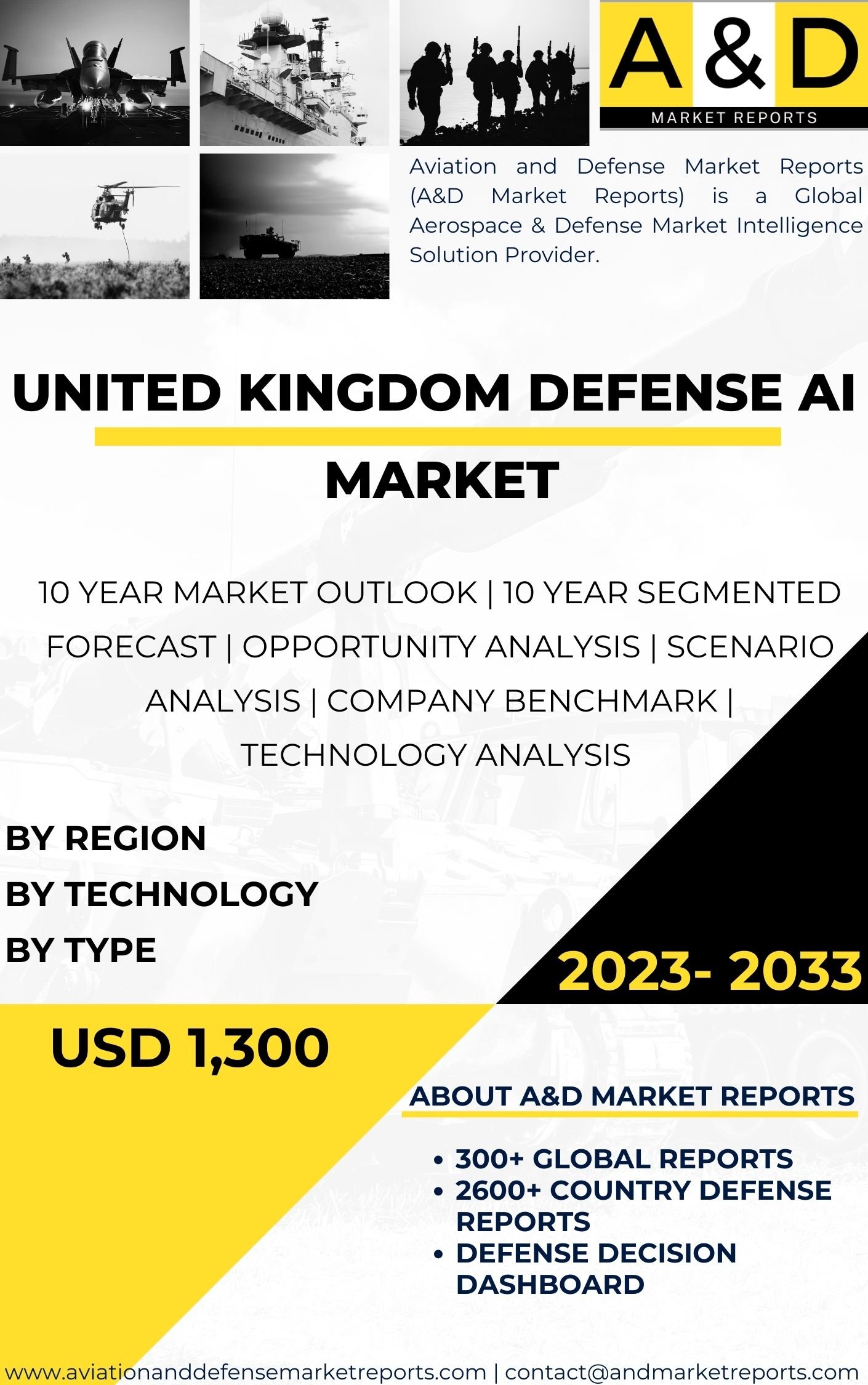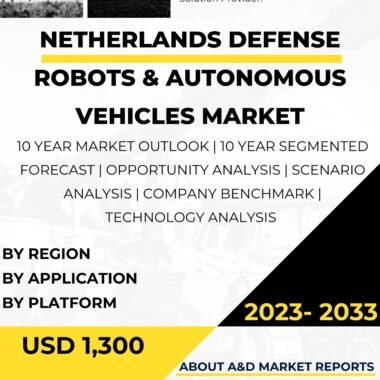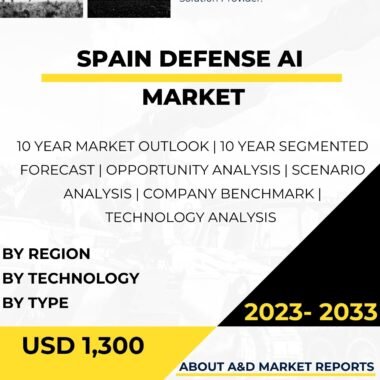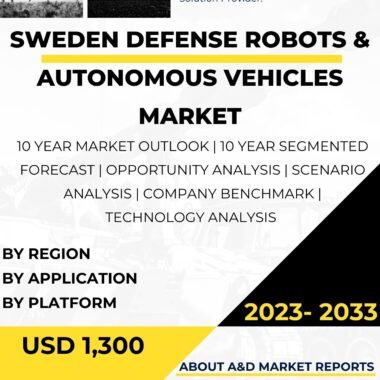Description
The United Kingdom’s defense sector has been experiencing a significant transformation with the integration of Artificial Intelligence (AI) technology. AI has emerged as a crucial enabler in enhancing military capabilities, optimizing operations, and ensuring national security. The UK defense AI market is witnessing substantial growth, driven by the country’s commitment to modernizing its armed forces and harnessing the potential of AI-driven solutions to meet evolving security challenges.
AI technologies offer a wide range of applications in defense, empowering military forces to make more informed decisions, improve efficiency, and gain a competitive advantage. One of the key areas where AI is making an impact is in data analysis and processing. AI algorithms can swiftly analyze massive amounts of data from various sources, including sensors, satellites, and intelligence reports, providing real-time insights to commanders and decision-makers.
Moreover, AI-powered predictive analytics assist in forecasting threats and identifying patterns that may not be evident to human operators. This capability enables proactive and preemptive measures to counter potential security risks. AI-driven anomaly detection is also vital in identifying irregular behavior or activities that might indicate cyber threats or other malicious actions.
Intelligent automation is another area where AI plays a significant role in defense operations. Autonomous systems and robots can perform tasks in hazardous environments, reducing risks to human personnel. AI-powered drones are increasingly being used for reconnaissance, surveillance, and intelligence gathering, providing a comprehensive situational awareness to military forces.
In the modern digital landscape, cybersecurity is of utmost importance for the defense sector. AI-based cybersecurity solutions offer advanced threat detection and response capabilities. Machine learning algorithms can analyze network traffic and behavior patterns to identify potential cyber threats and vulnerabilities. AI-driven cybersecurity systems can adapt to new threats and attack vectors, making them more resilient and effective in safeguarding critical military assets and information.
AI-powered training and simulation tools are revolutionizing the way military personnel prepare for complex operations. Virtual and augmented reality environments, coupled with AI-driven simulations, provide realistic and immersive training experiences. These technologies enable troops to practice tactical maneuvers, mission planning, and decision-making in simulated scenarios, enhancing their readiness and response capabilities.
Robust AI Governance and Ethical Considerations:
As the UK defense sector embraces AI technologies, robust governance and ethical considerations are paramount. The responsible and ethical use of AI in defense applications is critical to prevent unintended consequences and ensure compliance with international norms and regulations. Striking a balance between autonomy and human control in AI-enabled weapons systems remains a subject of ethical debate, prompting the need for transparent policies and guidelines governing the use of such technologies.
The UK defense AI market thrives on collaborations between the government, defense industry, and academic institutions. Public-private partnerships drive research and development initiatives, leading to the creation of cutting-edge AI solutions for defense applications. The UK government has been investing significantly in AI research and development, fostering an ecosystem of innovation and expertise in the defense sector.
While AI technologies offer tremendous potential, addressing skill gaps is essential to fully leverage their benefits in defense operations. The UK defense sector must prioritize training and upskilling its workforce to handle AI-driven systems effectively. Investing in AI education and talent development will enable the armed forces to adopt AI technologies seamlessly and harness their full potential.
AI’s success in defense applications is heavily reliant on access to vast amounts of data. However, safeguarding sensitive and classified information is a crucial consideration. The UK defense sector must prioritize data privacy and implement robust security measures to protect against potential data breaches and unauthorized access to critical information.
The UK defense AI market offers significant export opportunities, given the country’s expertise and advancements in AI technologies. Collaborating with allied nations and international partners opens avenues for sharing expertise, driving innovation, and bolstering global security efforts. Moreover, exporting AI-driven defense solutions strengthens the UK’s defense industry and fosters strategic partnerships with allied countries.
The United Kingdom’s defense AI market is witnessing remarkable growth, driven by its potential to enhance military capabilities, optimize operations, and bolster national security. AI applications in defense range from data analysis and autonomous systems to cybersecurity and training simulations. Ethical considerations, governance frameworks, and addressing skill gaps are crucial for responsible AI integration in the defense sector. Collaborative research, investment, and international partnerships are vital to driving innovation and positioning the UK as a global leader in AI-enabled defense technologies. As the country continues to invest in AI research and development, the defense sector is poised to benefit significantly from the transformative power of AI in meeting the challenges of the future.




